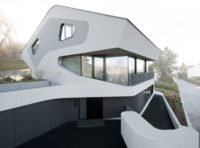House H.
Grossburgwedel, Germany
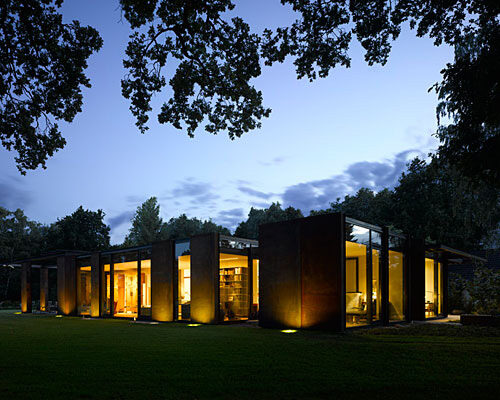
Photo © Roland Halbe
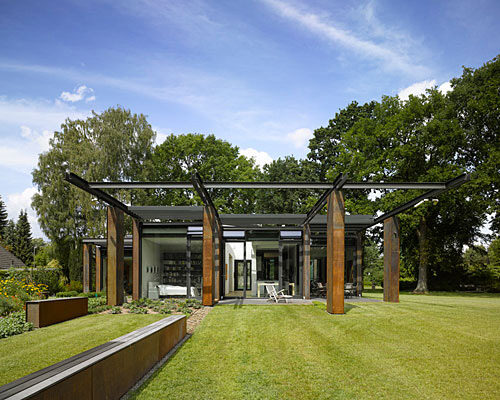
Photo © Roland Halbe
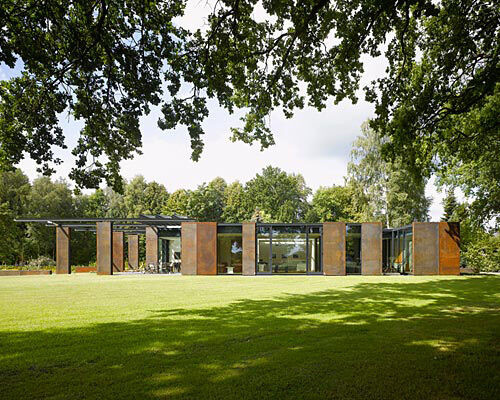
Photo © Roland Halbe
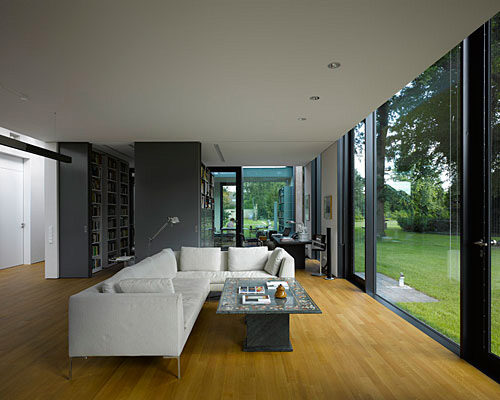
Photo © Roland Halbe
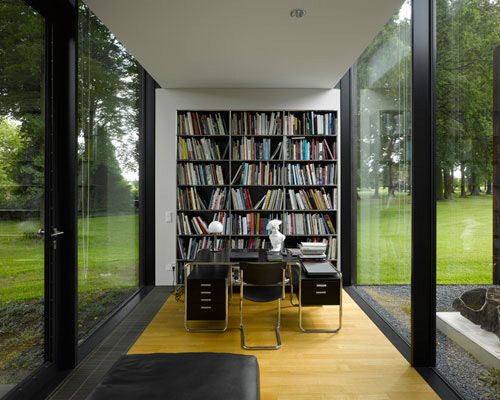
Photo © Roland Halbe
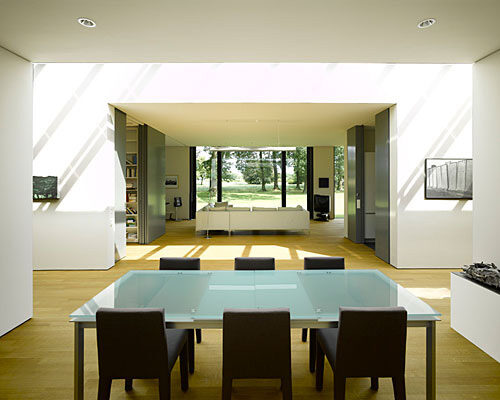
Photo © Roland Halbe
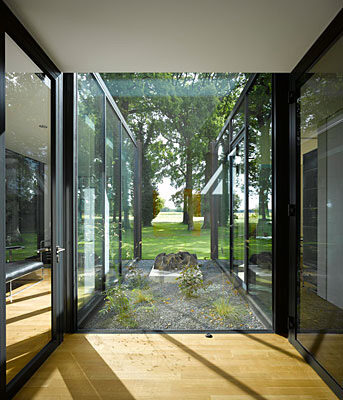
Photo © Roland Halbe
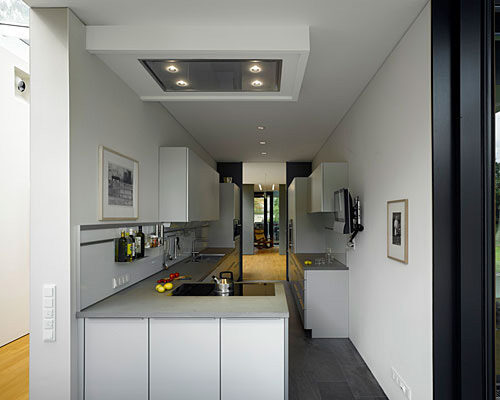
Photo © Roland Halbe

Photo © Roland Halbe
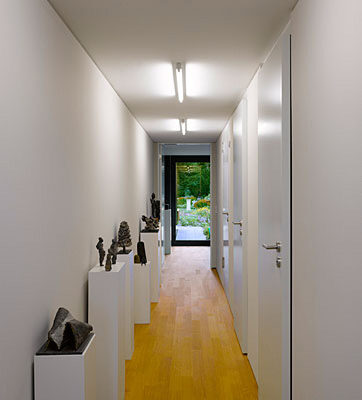
Photo © Roland Halbe

Image courtesy Susanne Nobis
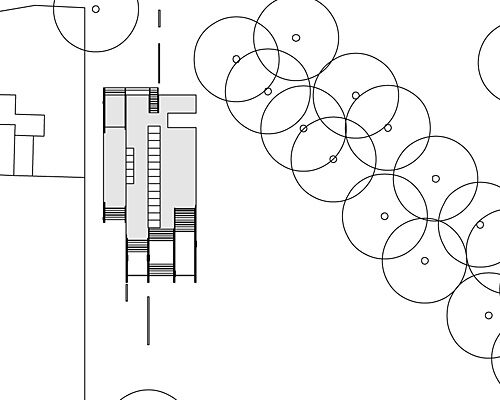
Image courtesy Susanne Nobis
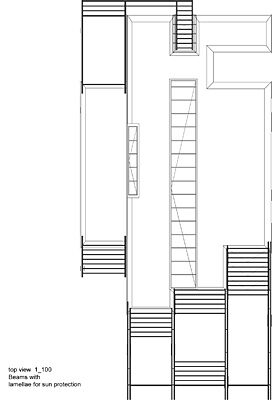
Image courtesy Susanne Nobis













Architects & Firms
It seems appropriate that Modern architecture should appear in Grossburgwedel, Germany—an enclave in a medieval region that has demonstrated progressive leanings over the course of its long history. The Lower Saxony town of 22,000, just 12 miles north of major hub Hannover, is the perfect suburb for cultured city workers to build their dream house—which is exactly what architect Susanne Nobis’s clients asked her to do. The very private clients, a couple, knew of Berg, Germany–based Nobis and appreciated her spare, sleek aesthetic. They asked her to design a house on a site of meadows, fields, and an old oak grove with 40 trees forming an allée leading into a wide, open space. The clients had a single program requirement: “they asked me to design a home where they could live with, and in, nature,” Nobis recalls.
The result is a 3,660-square-foot single level house that fluently connects with the surrounding landscape. The architect called for exterior walls of glass, water jet-cut CorTen steel, and concrete, hoping to play off the colors of the old trees and the area’s traditional clinker-brick construction. Both sides of the main entry hall run north to south, and house art and a large skylight that runs the entire length of the space, and provides ample daylighting. “The inner workings of the house are enhanced by variations of natural light,” says Nobis. “The extent of floor-to-ceiling glazing, as well as lots of cross ventilation, really allow for sweeping views and a life in nature.” Adding to that life in the landscape, the house has steel beams that originate from a parapet wall and jut out into a landscaped garden terrace. These beams have sun screens made of lath, which support the glass shed construction that surrounds the terrace and covers the entrance area. These beams also bear the load of the trapezoidal carport roof.
Building components were pre-fabricated, giving the architect a little budgetary leeway to add sustainable elements, such as solar panels on the flat roof. “All ceilings and load-bearing walls were constructed as filigree elements in reinforced concrete says Nobis about the solidly constructed home. “And the decision to pre-fabricate saved us quite a bit of time and money.”
The interior focuses on intimate spaces with abundant views out. Even the kitchen looks out rather than onto the expected open-plan living area. Perhaps the clients aren’t interested in cooking for large crowds? No comment forthcoming, one can only assume that the homeowners are more peace- than party-seeking people. Nobis will only say that everything, down to the substantial use of pocket doors throughout the interior, is geared toward uninterrupted views of the landscape. It would seem that this house, which sits lightly on the land, is the right place for these particular clients to find the solace and privacy they so desire.

